We speak to the experts to find out how to best tackle household mould and mildew.
Not all mould is bad – after all, it helps convert grapes to wine, milk curd to blue cheese and has even contributed to medical breakthroughs like penicillin. But that's very cold comfort when this living organism invades clothes, ruins timber and starts causing allergies and flu-like symptoms.
Professor Dee Carter, a microbiologist and fungi expert at the University of Sydney, says one of the biggest misconceptions about mould is that its effects are often underestimated. "Any visible mould is a potential problem," she warns. "If you can smell mould it's at a level that might be hazardous, so look for it and clean it up if you can."
So, to avoid mould becoming a problem in your home, here are some expert tips on how to prevent and remove mould and mildew and how to get rid of it if it has already infiltrated your home.
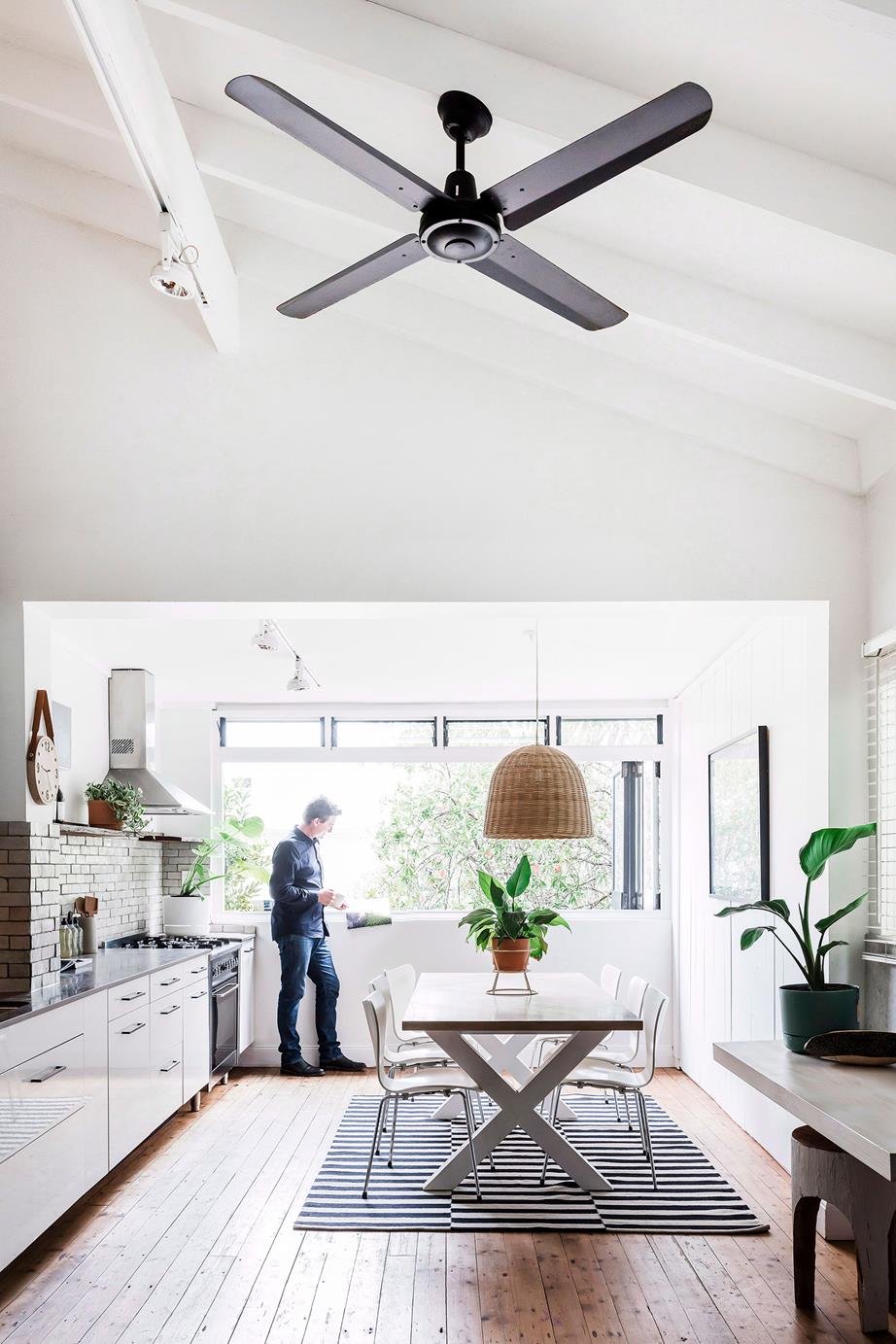
Mould and mildew not only affect houses by causing unsightly stains and a musty smell – they can affect people too. "Mould becomes a problem when it grows to levels that start to release spores or volatile chemicals," says Dee. "These are what provoke allergies and immune-related illnesses."
Mould can grow on almost any surface at any time of the year and it's hard to destroy. It usually shows as black, brown or green spots, and these microscopic fungi can thrive in any damp, warm or humid environment. While mildew is technically a species of mould – you can't miss its strong odour! – it grows most commonly as a fuzzy white build-up in the bathroom, but can occur in anywhere, at any time in poorly ventilated homes that are prone to dampness.
According to Penny Tralau of Mould Rescue, a professional mould removal service, says "Prevention is key. The first thing to look for is moisture."
WHAT IS MOULD?
"[Mould is] a type of fungus that grows as a fuzzy mass," says Dee. "There are thousands of different mould species."
"In the fridge, they will see moulds that like cool temperatures – Penicillium is a classic example. In wardrobes they will see moulds that like damp and dark conditions – often this is Aspergillus. Other moulds like to grow on fruit and bread. Certain black moulds grow in bathrooms, in dishwashers and on water-damaged goods," says Dee.
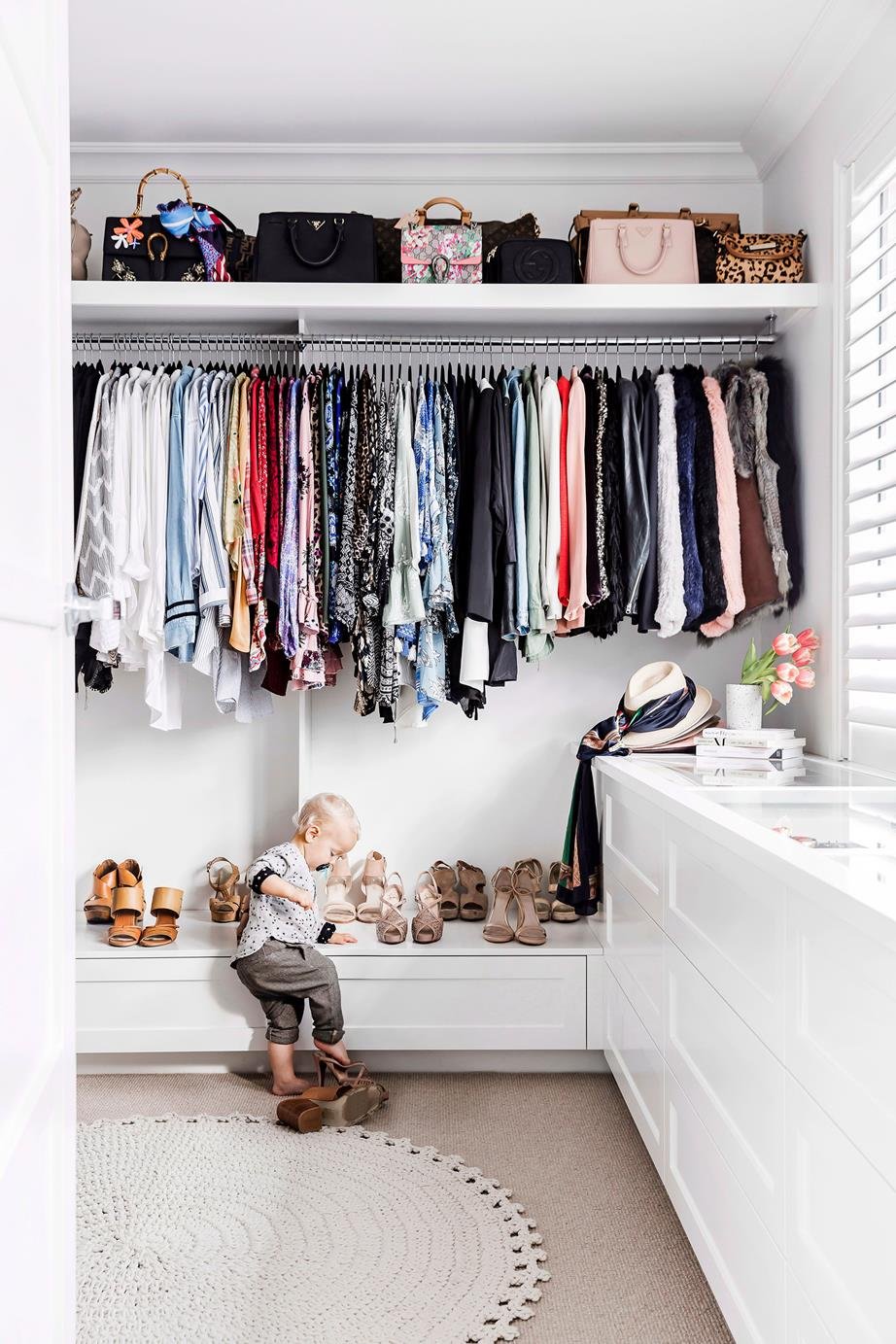
WHY IS IT IMPORTANT TO TREAT MOULD?
"Mould can be dangerous if it builds up to high levels," says Dee. "People vary in their sensitivity to it, but for some people mould will induce allergies, cold or flu-like symptoms [and] general malaise."
"Mould can be more hazardous for babies and young children so make sure their rooms are dry and mould free."
HOW TO PREVENT MOULD
The key to preventing mould is to reduce moisture and increase ventilation, "If the house is dry and well-ventilated, mould won't grow," says Dee.
According to Penny, "the first job is to have a maintenance check and fix any leaky pipes, dripping taps, roof leaks or foundation cracks."
Dee agrees and recommends, in the event of a water leak, that "Any water-damaged material should be dried out. If mould has already started to grow to an appreciable level, it should be discarded."
HOW TO INCREASE VENTILATION AND DEAL WITH DAMP
For tips on how to increase ventilation, deal with damp and reduce indoor air pollution, try:
- 5 ways to reduce air pollution in your home
- How to increase the ventilation in your kitchen
- How to minimise toxins in your home
- 5 common types of water damage and how to treat it
- Do air purifiers work? Expert advice for asthma, dust and more
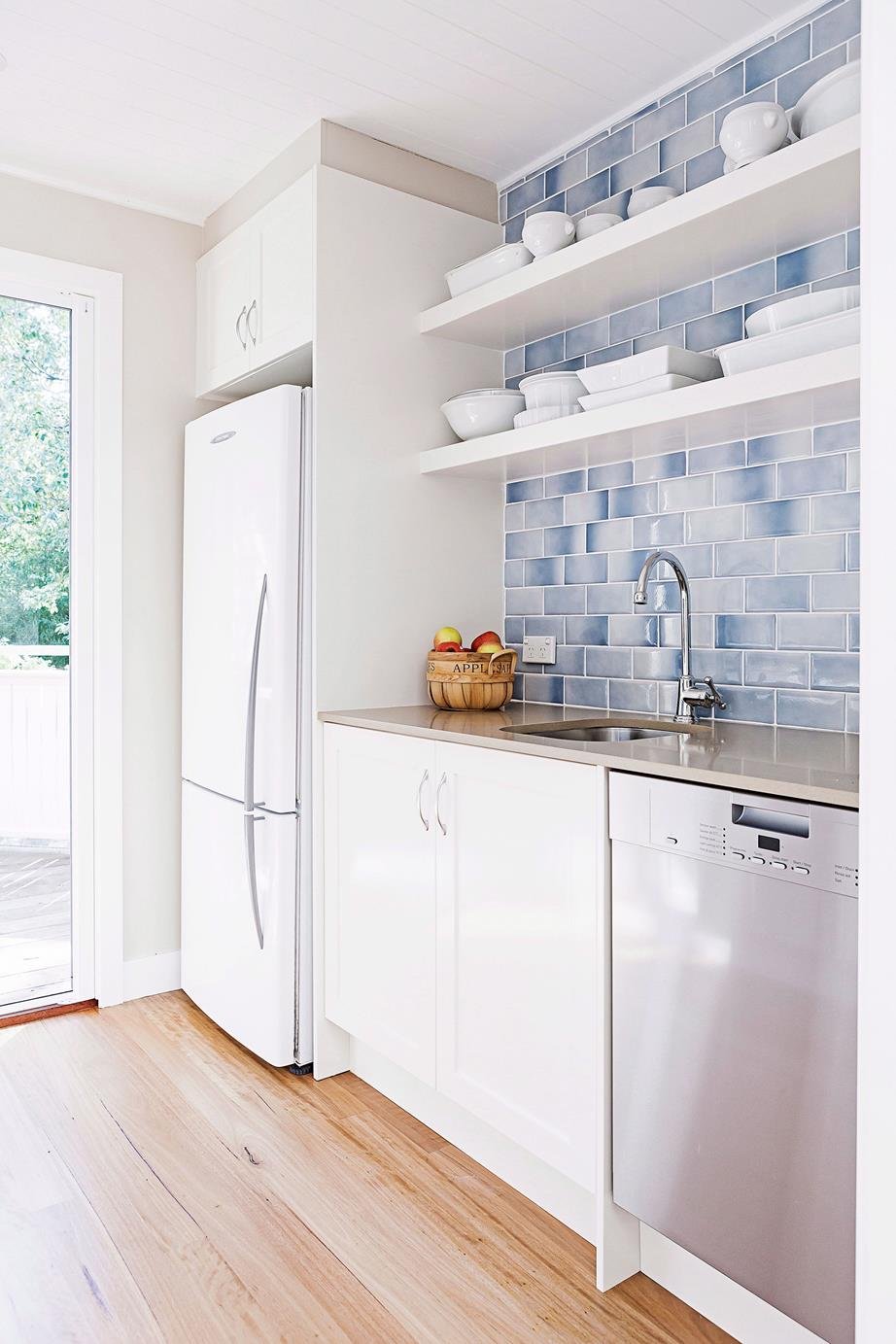
PLACES YOU SHOULD CHECK FOR MOULD
The right conditions need to be present for mould to grow and excess or trapped water acts like a petri dish for mould.
"Check for condensation in bathrooms, laundries and kitchens, taking careful note of windows, areas around appliances, toilet tanks and plumbing fixtures," says Penny.
Also investigate any standing exterior water. Black or dark green mottling on surfaces is a sure sign that mould is present.
- Walls and ceilings - If you've noticed condensation, or moisture forming on your walls, regularly check behind furniture such as sofas or beds to make sure no mould has settled in. If you suspect there might be mould growing on your walls, call in an expert for help.
- Air-conditioners and heating ducts - Air-conditioners and heating ducts can also harbour mould. If any moisture appears near a vent, or if there's a mouldy smell, hire a specialist. And during warm, dry summer days, give your house a good airing.
- Bathroom - In the bathroom, there are some quick daily habits that will help to prevent the build-up of mould and mildew. Make sure all surfaces are free of dirt, grease and body oil, and spread towels so they can dry completely. "A heated towel rail means you won't have any soggy wet towels in the room," says Penny. "Also, a dehumidifier in the problematic months of the year will help keep the environment dry."
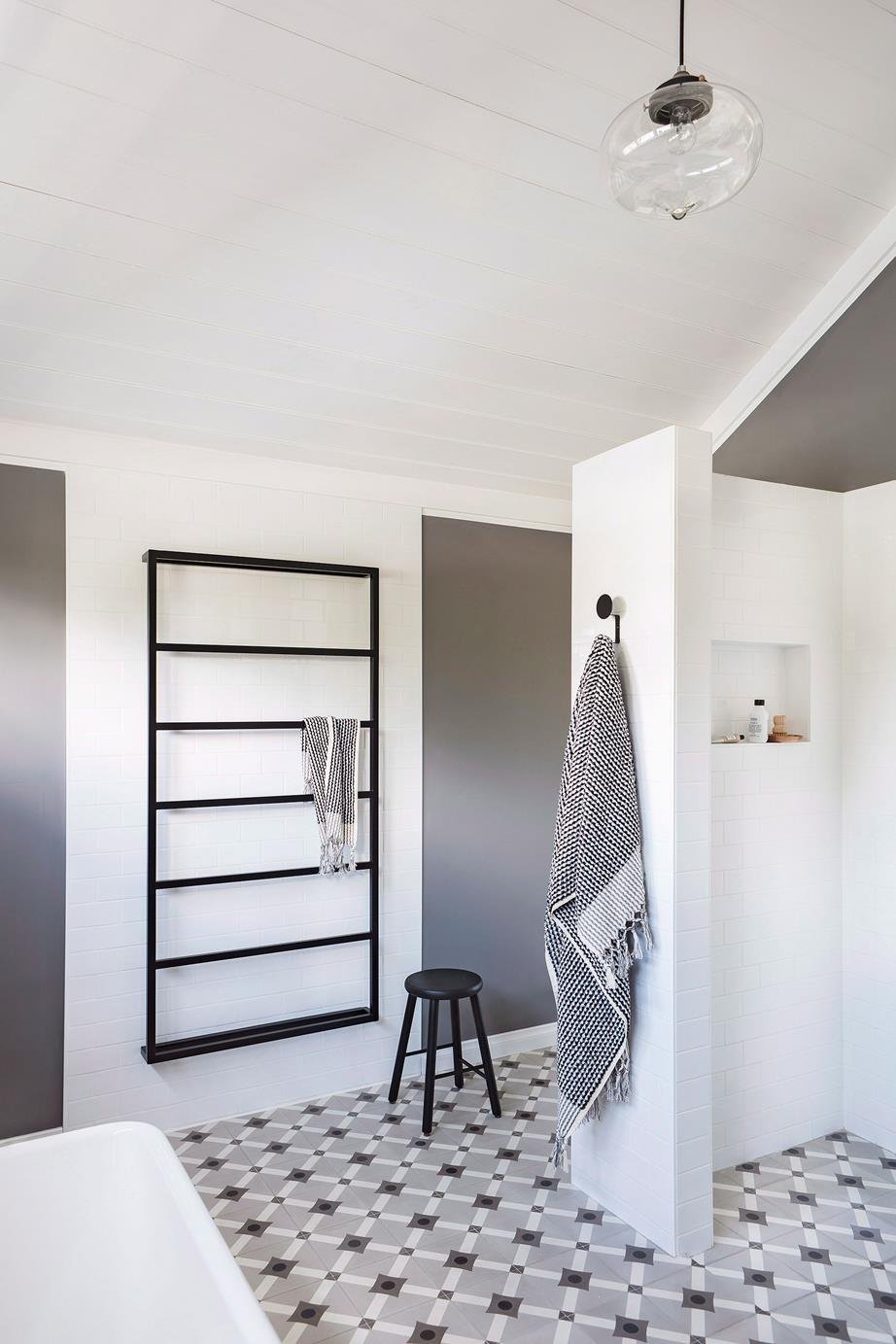
- Kitchen: To prevent mould occurring in the kitchen, always use an exhaust fan when cooking and be sure to dry down the sink and dish rack after use. If you have a dishwasher, ensure the filter is cleaned regularly and that the door is left ajar between loads. Every 2-3 months, it's a good idea to fill a baking tray with 1 part vinegar to 4 parts water, place it on the top rack of the dishwasher, and run a hot cycle. This will help kill mould spores and deodorise the appliance. Regularly wipe down dishwasher seals with a vinegar and water solution.
- Fridge - Moulds that love cold environments can crop up in the fridge. Prevent growth from occurring by disposing of food once it's past its use-by date and by regularly cleaning the fridge.
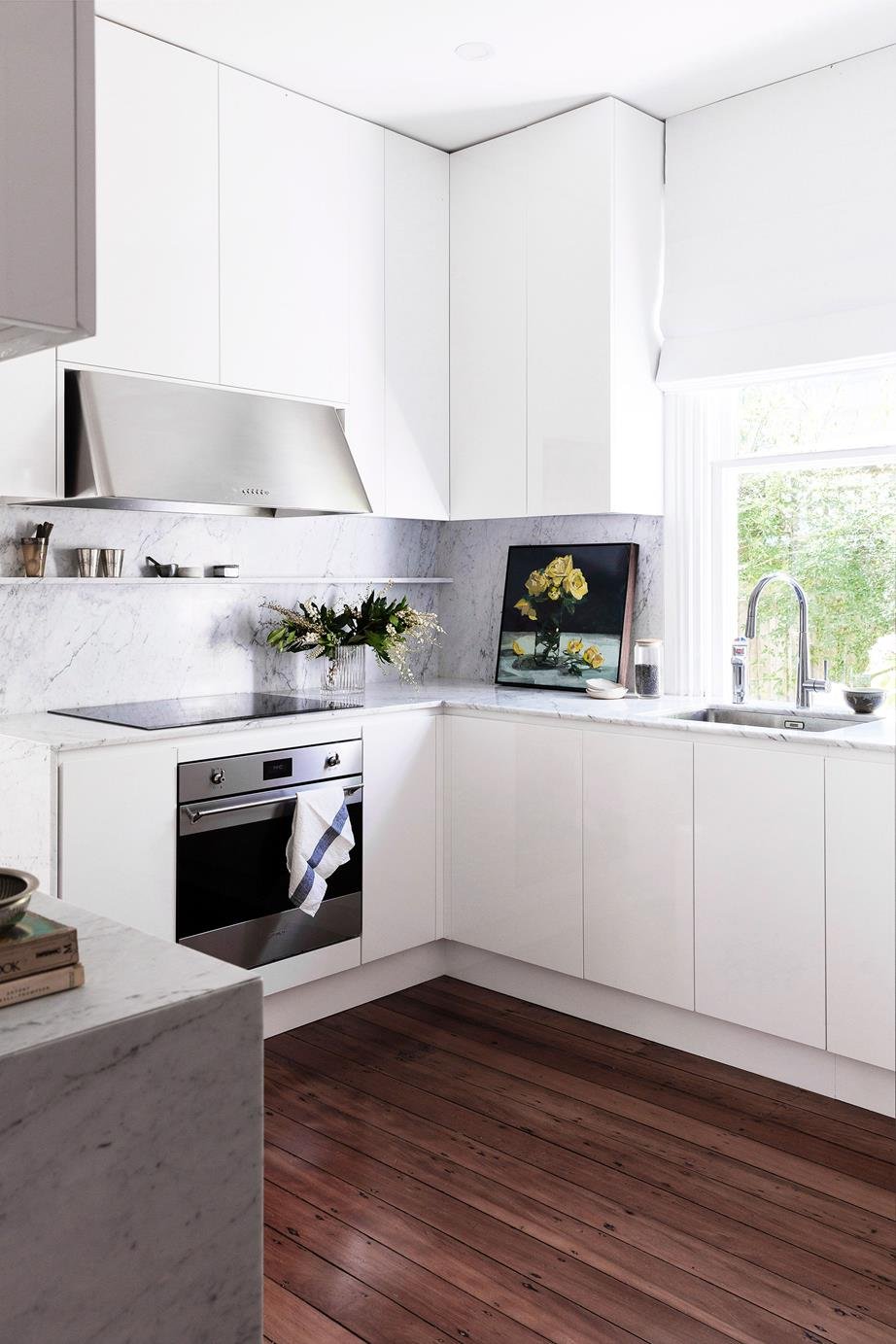
- Wardrobe: Over-filled, poorly ventilated wardrobes can also be a haven for mould growth. Prevent mould by culling the items in your wardrobe, storing only completely dry clothing and by regularly checking items that are rarely worn. Dehumidifiers and moisture-absorbing sachets may also be helpful.
- Laundry: Like the bathroom, mould often plagues laundries. Use an exhaust fan while running the dryer and be sure to wipe down your washing machine after each load. Mould could also be lurking on the wall behind the washing machine and dryer, or even in the soap dispenser cavity. If you have a front loader, it is a good idea to leave both the door and soap compartment ajar after use, which will allow the machine to dry.
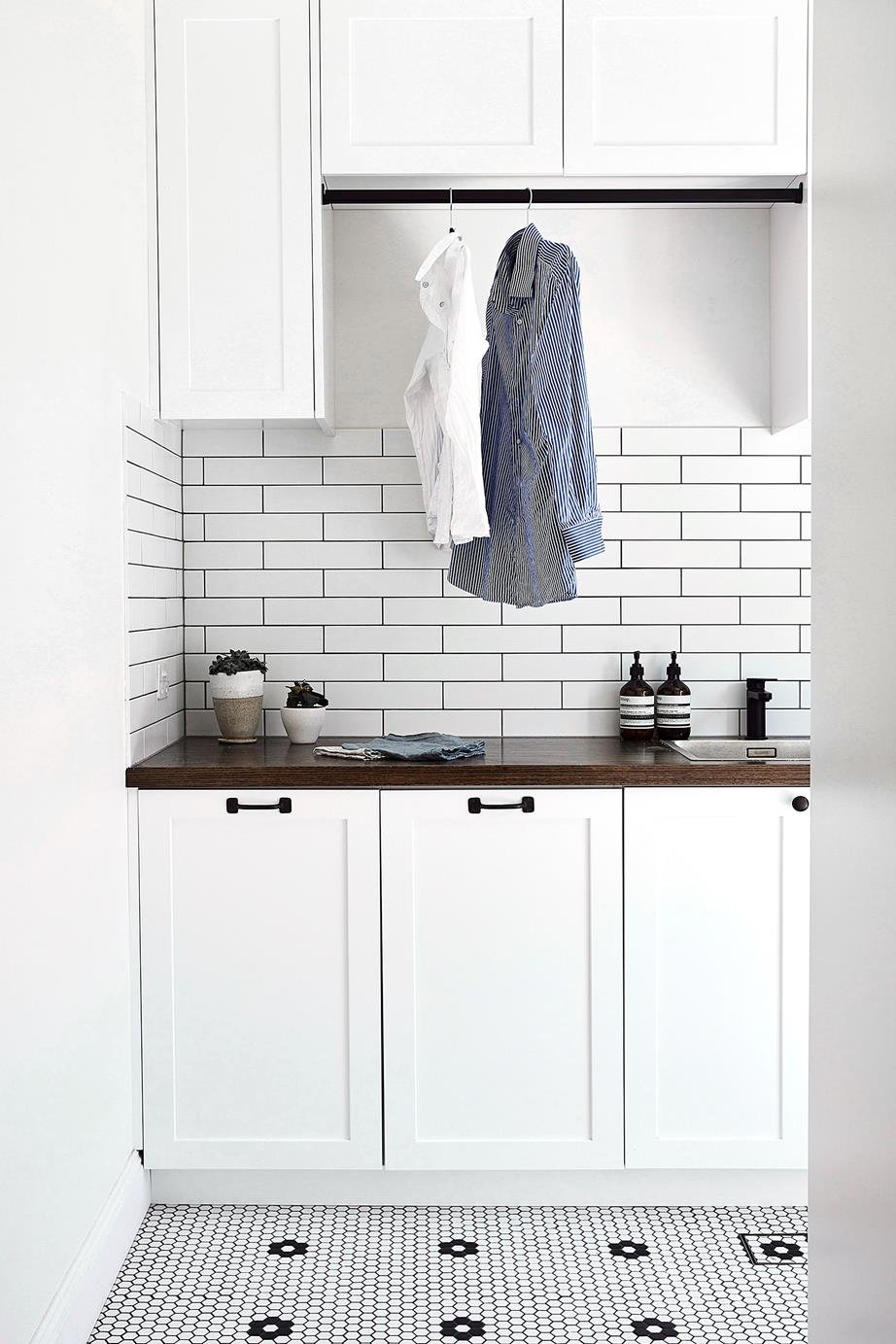
CLEANING AND REMOVING MOULD
For many, the first line of defence when it comes to mould, is bleach. But recently, with awareness growing around natural bathroom cleaning solutions and reducing indoor air pollution vinegar is becoming more widely recommended.
DOES VINEGAR REALLY KILL MOULD?
Vinegar may be the product of choice for eco-friendly cleaning gurus, but is it actually effective?
According to Dee, yes it is, and you should believe the hype. "Vinegar will kill mould on contact and penetrate into material to kill it." That means vinegar kills both the visible mould on a surface – whether it be a piece of clothing, bathroom grout, or a wall – as well as the mould beneath the surface.
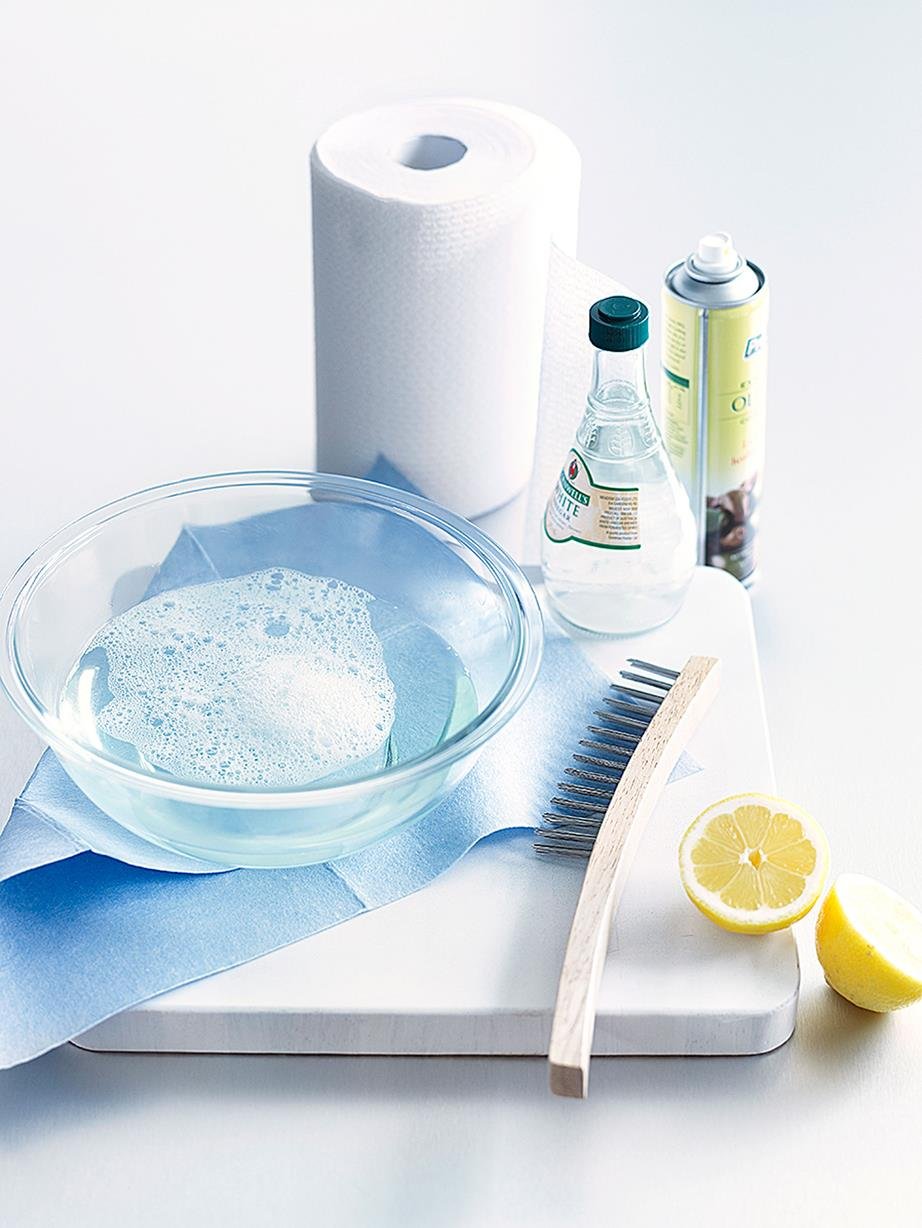
If vinegar's ability to kill mould on contact isn't convincing enough, there are a few other key factors that rule in its favour. "Vinegar is better than most products [on the market] as these break down over time and may have lost a lot of their effectiveness before you even buy them," says Dee. "Vinegar won't stain most surfaces and, as it is food, it's safe to use in kitchens. It is much better and easier to use than oils. It's also much cheaper," she adds.
Remember, the biggest mistake is just wiping the mould away. "Spotting mould is an early warning sign of a moisture problem inside the walls or ceilings," says Penny. Finding and stopping the water source is the only way to prevent future problems or if you're not confident, bring in a mould specialist.
THE POWER OF VINEGAR
For more ideas and cleaning recipes that include white vinegar, try:
- How to make natural white vinegar shower cleaner
- 9 ways to clean with vinegar in every room of the house
- 7 ways to clean your shower using natural products
WHAT TO DO IF YOU FIND MOULD
If you find mould in your home, before whipping out the cleaning products and going to town, make sure you're protected.
"It is advisable to wear gloves and a mask when decontaminating areas that are mouldy. If there is really a lot of it, then a professional service should be used," says Dee.
WHEN SHOULD YOU CALL IN A MOULD SPECIALIST?
According to Choice, if mould covers a large area of your home (about 1 metre square) and someone who lives in the home is asthmatic, it's a good idea to call in a mould removal specialist.
- Soft surfaces - If you've found mildew on your clothes, throw them in the washing machine, and add white vinegar to the rinse cycle. Wash on the hottest setting suitable for the clothing and allow to air-dry.
- Hard surfaces - To clean mouldy tiles or grout in the bathroom, Dee recommends mixing 1 part vinegar to 20 parts water in a spray bottle. Spray the area and leave it on the affected area for 10-20 minutes. "Some moulds may damage and stain the surface so they may not look clean, but hopefully the mould will be dead," she says.
If the bathroom or kitchen wall is sound but the mould stains still won't go away, it's time for the big guns – regrouting. It involves scraping out the caulk and stained grout, the applying an antimicrobial treatment before regrouting. But be prepared – this is definitely a job for a professional.
Source: homestolove